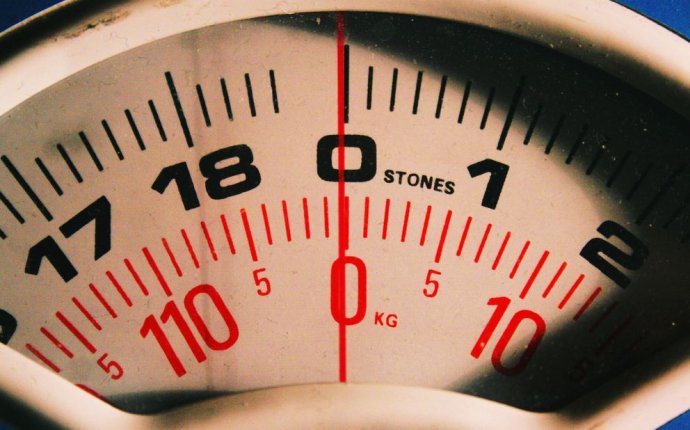
J.P. Morgan Energy investment Banking
| 2011 |
J.P. Morgan celebrates the 90th anniversary of the firm’s presence in China. |
|---|---|
| 2010 |
J.P. Morgan Cazenove becomes a wholly-owned part of J.P. Morgan, having originally operated as a joint venture between J.P. Morgan and the U.K. investment bank Cazenove. |
| 2008 | JPMorgan Chase & Co. acquires The Bear Stearns Companies Inc., strengthening its capabilities across a broad range of businesses, including prime brokerage, cash clearing and energy trading globally. |
| 2000 |
J.P. Morgan merges with The Chase Manhattan Corporation and is named JPMorgan Chase and Co. Four years later, the company merges with Bank One, creating a global financial services leader. |
| 1996 | The firm jointly leads the first “century” bond for a sovereign borrower – a 100-year, $100 million issue for the People’s Republic of China. |
| 1990 |
J.P. Morgan plays an active role in the negotiations with Mexico to restructure nearly $50 billion in medium- and long-term commercial bank debt. A first in the market, the new bonds become known as Brady Bonds. |
| 1989 |
J.P. Morgan ranks among Fortune’s 50 Best Companies for Minorities. The firm is regularly recognized as a leading employer of women, minorities, and LGBT employees. |
| 1980 | Predecessor firm Hambrecht & Quist (H&Q) takes Apple Computer public. |
| 1973 |
Chase opens a representative office in Moscow, the first Russian presence for a U.S. bank since the 1920s; Chase also becomes the first U.S. correspondent to the Bank of China since the 1949 Chinese revolution. |
| 1968 | The firm launches Euroclear, a system for the orderly settlement of transactions in Eurobonds. |
| 1955 | Chase National Bank merges with The Bank of the Manhattan Company to form Chase Manhattan Bank. |
| 1929 | Two Ohio institutions merge to form City National Bank & Trust, a predecessor of Bank One. |
| 1927 |
Guaranty Trust Company, a predecessor firm of J.P. Morgan, pioneers the concept of American Depositary Receipts (ADRs), which enables Americans to invest in foreign securities directly on U.S. exchanges. |
| 1915 | J.P. Morgan arranges the biggest foreign loan in history – a $500 million Anglo/French loan. |
| 1907 |
During the financial panic of 1907, J. Pierpont Morgan saves several trust companies and a leading brokerage house from insolvency, bails out New York City, and rescues the New York Stock Exchange. |
| 1906 | J.P. Morgan is central to the creation of U.S. Steel, GE and AT&T. |
| 1903 |
J.P. Morgan & Co. was appointed as fiscal agent for the newly independent Republic of Panama in 1903 and was subsequently selected by the U.S. Treasury Secretary to arrange the transfer of $40 million from the U.S. government to the French Panama Canal Co. This was the largest real estate deal at the time. |
| 1901 |
J.P. Morgan creates the world’s first billion-dollar corporation by buying out industrialist Andrew Carnegie and combining some 33 companies to create United States Steel. |
| 1895 | J. Pierpont Morgan, Sr. becomes senior partner. The New York firm is renamed J.P. Morgan & Co. |
| 1893 | J.P. Morgan is primary financier of U.S. railroads. |
| 1871 |
J. Pierpont Morgan and Philadelphia banker Anthony Drexel form a private merchant banking partnership in New York called Drexel, Morgan & Co. This is the earliest partnership that evolves into J.P. Morgan. |
| 1848 | The Waterbury Bank opens, a predecessor of the Chase Manhattan Bank. |
| 1824 | The Chemical Bank is established. |
| 1799 |









